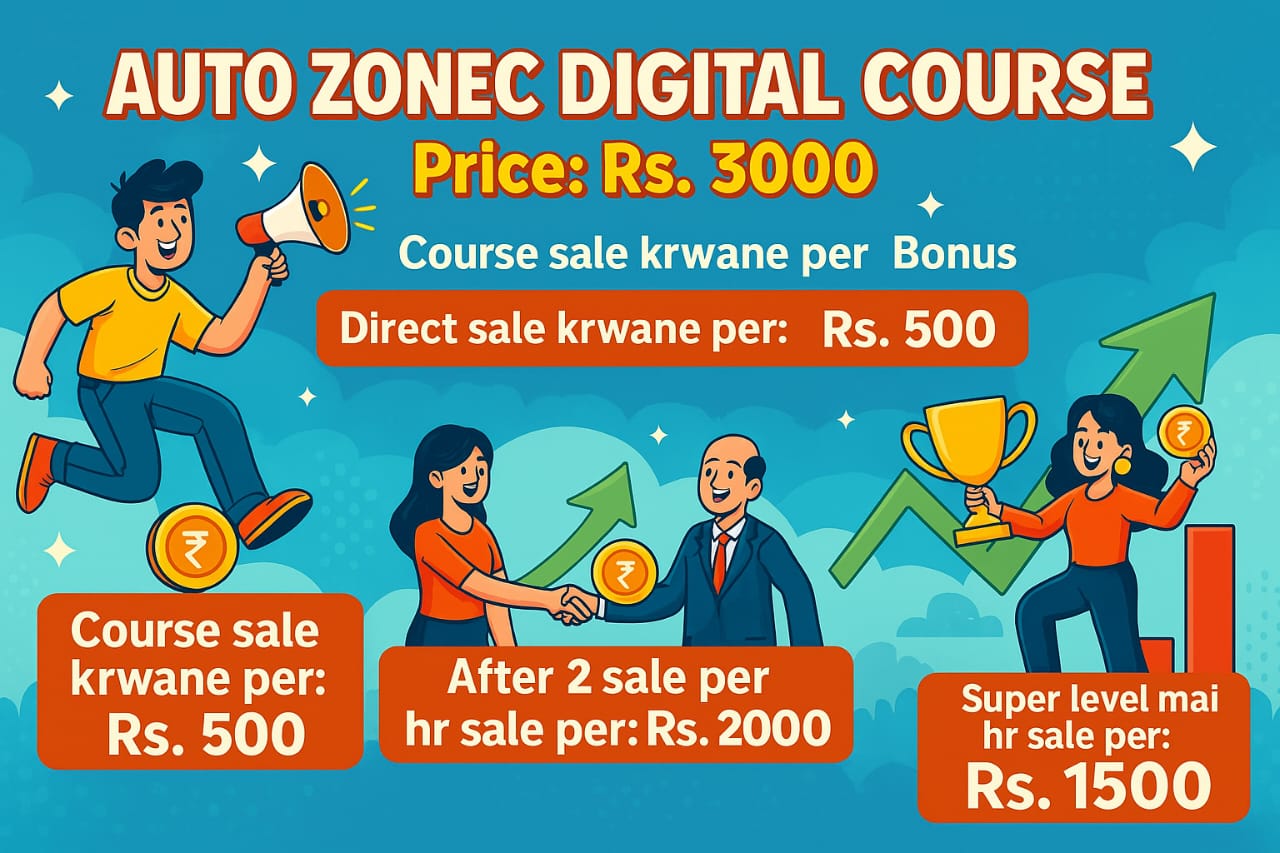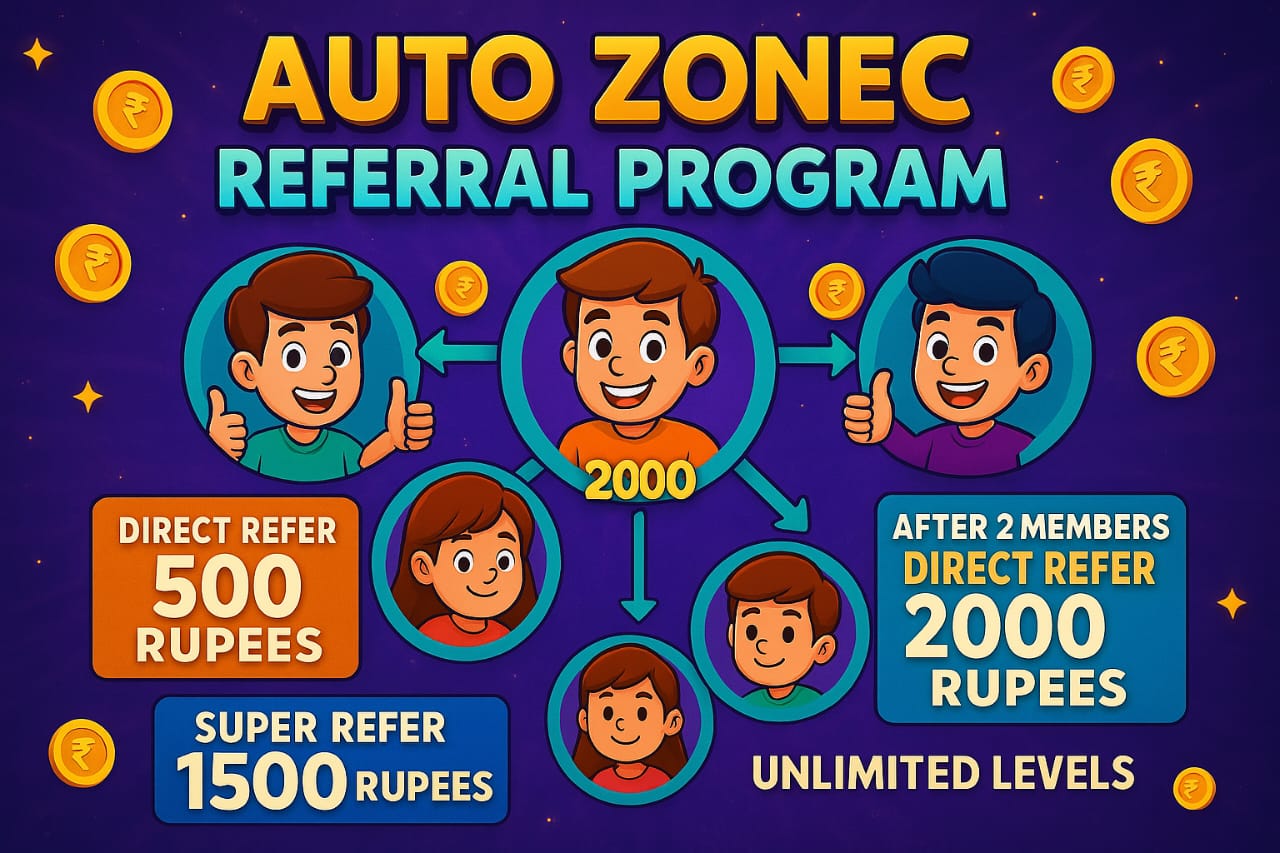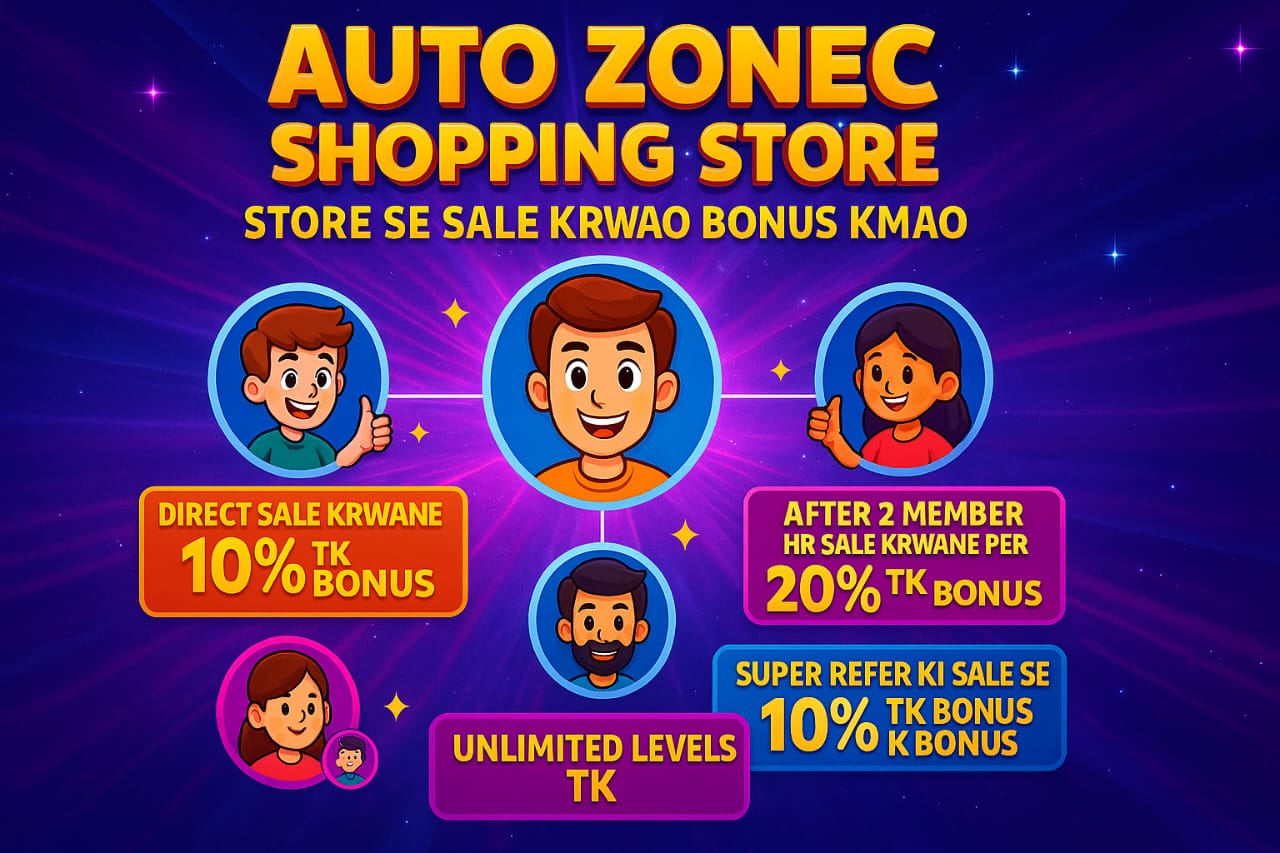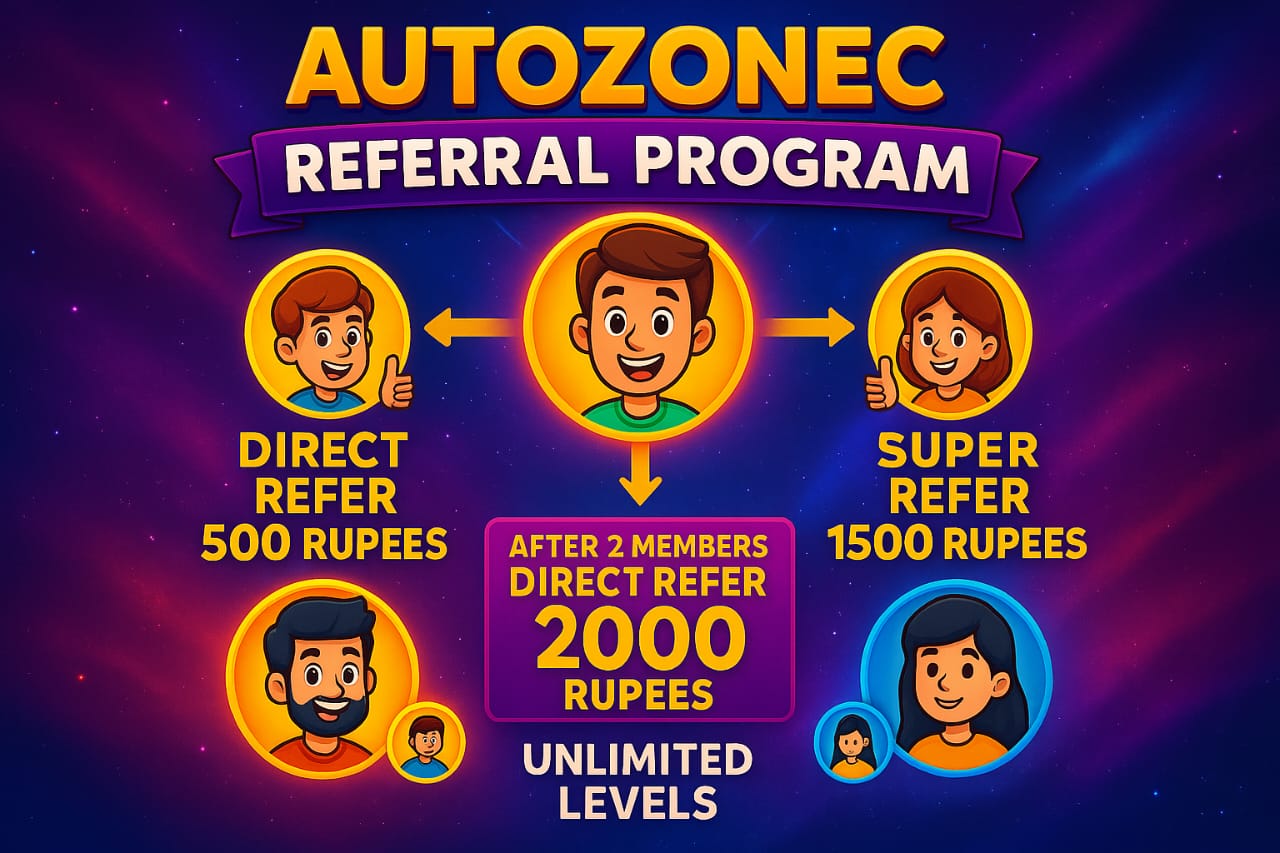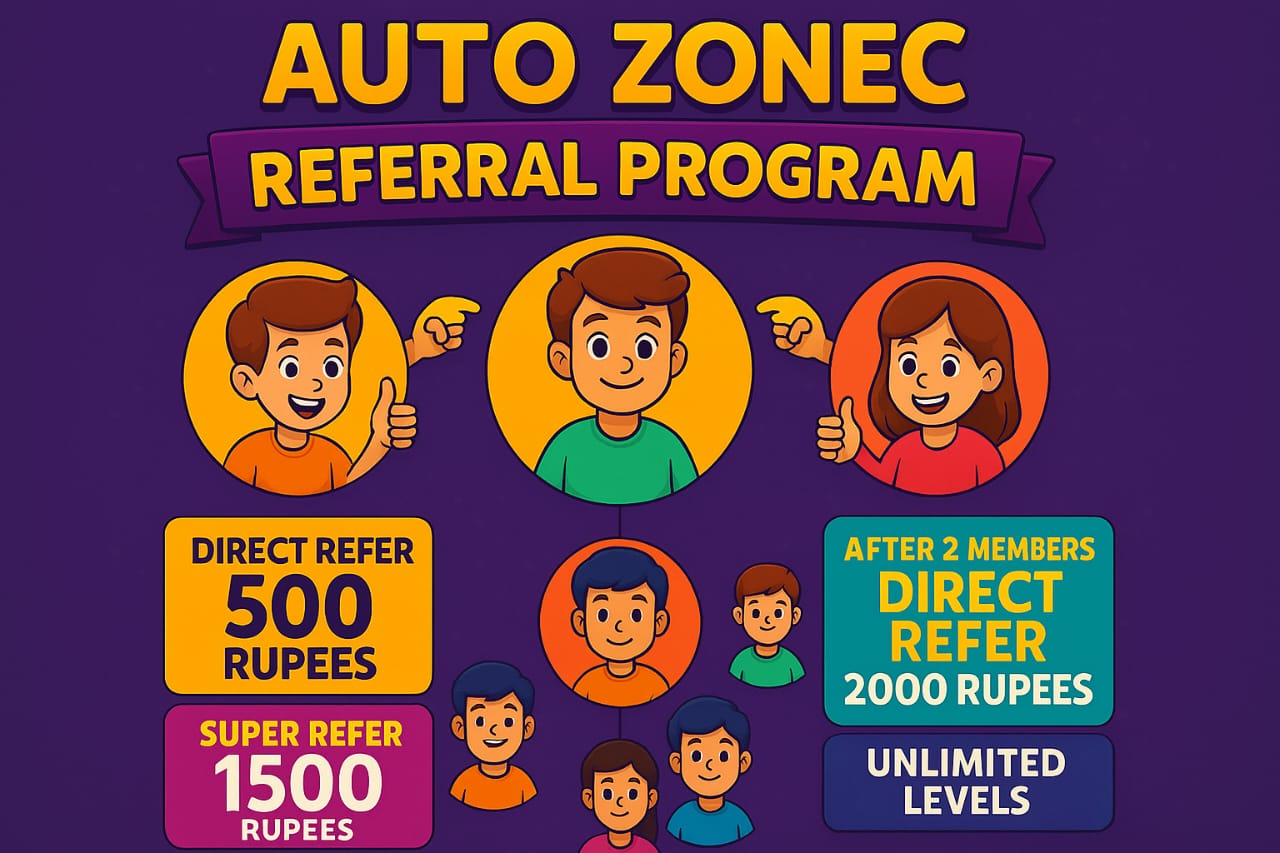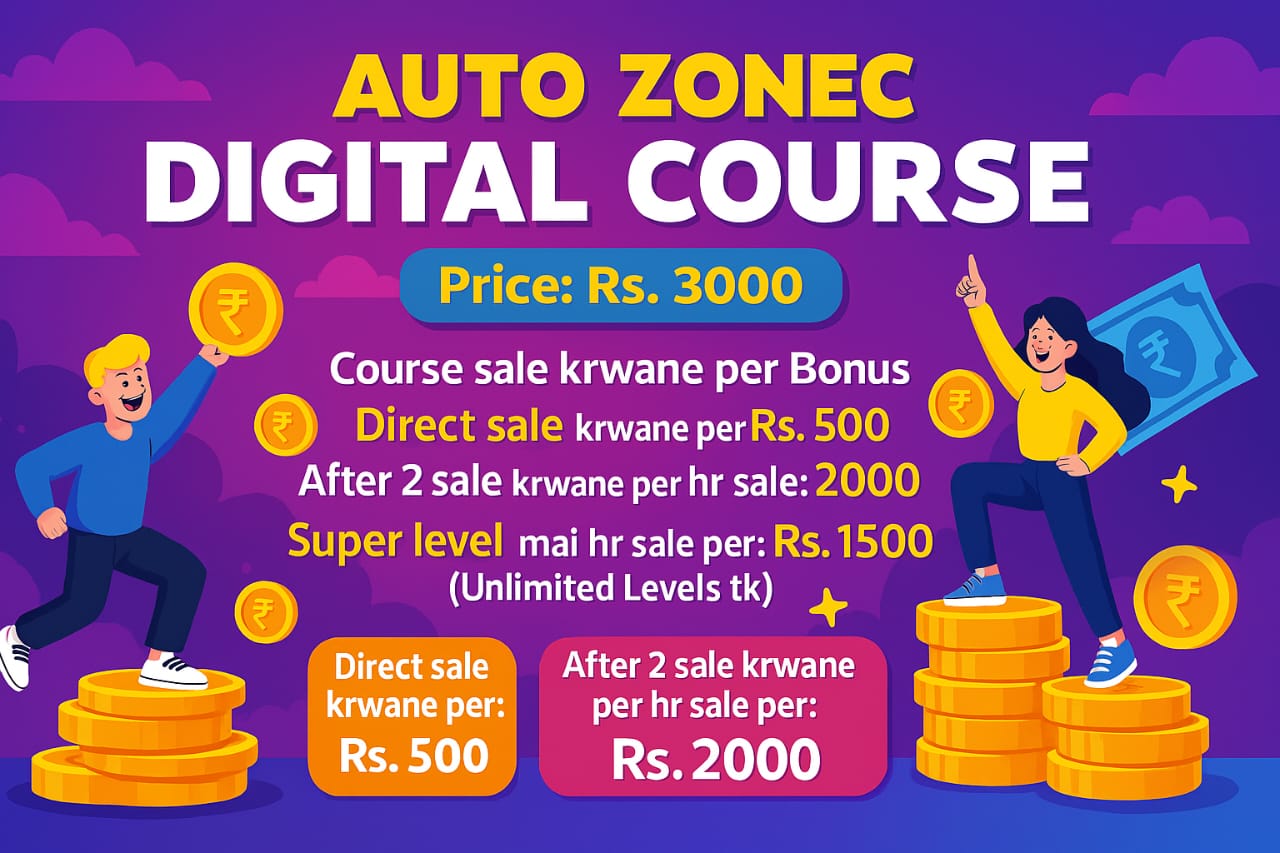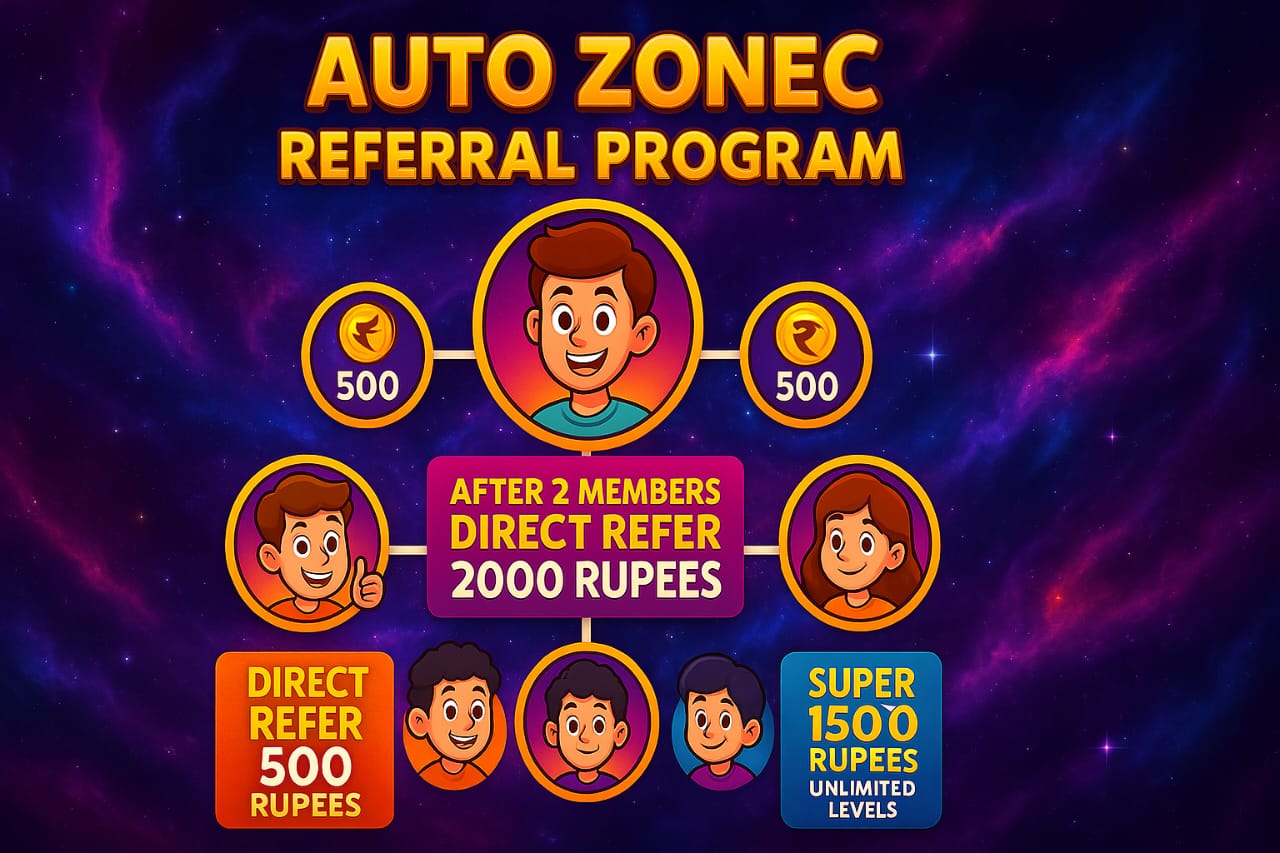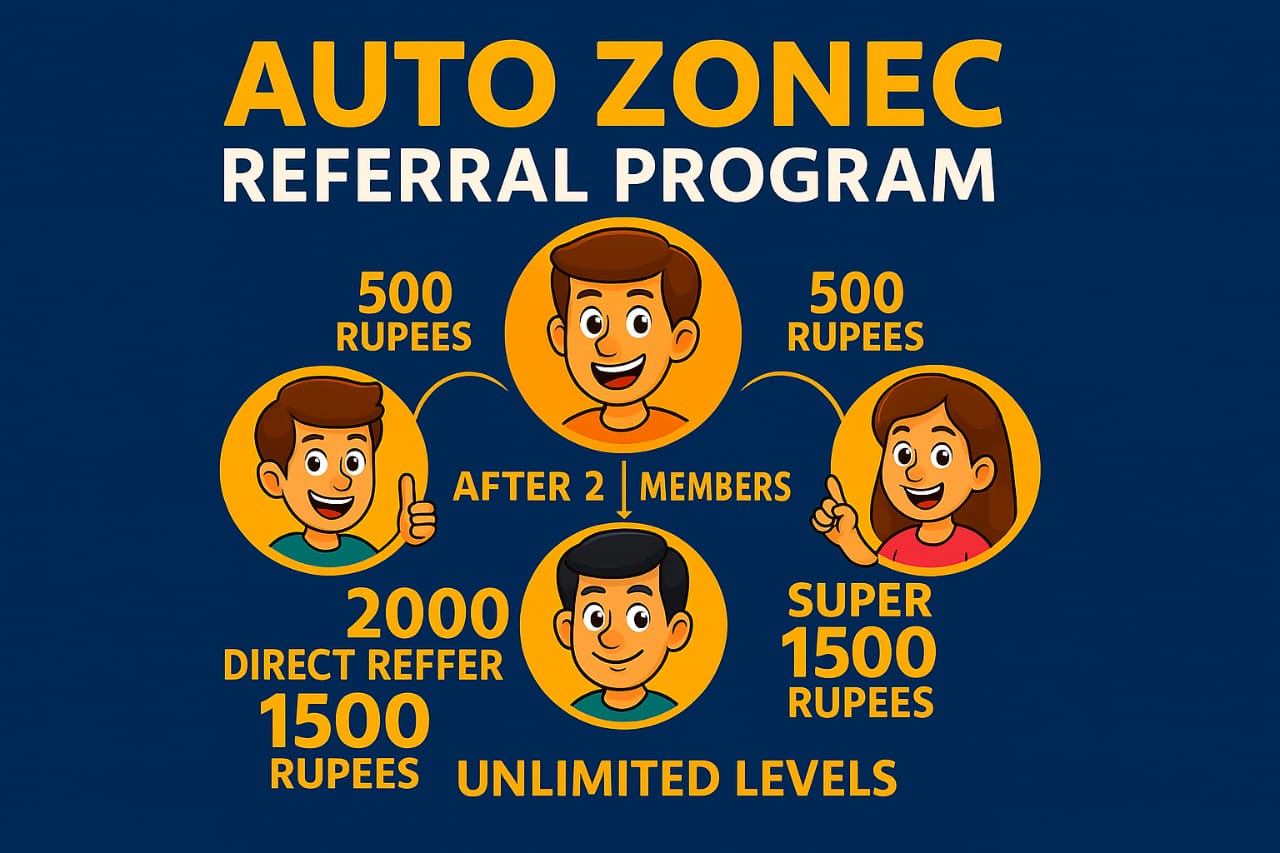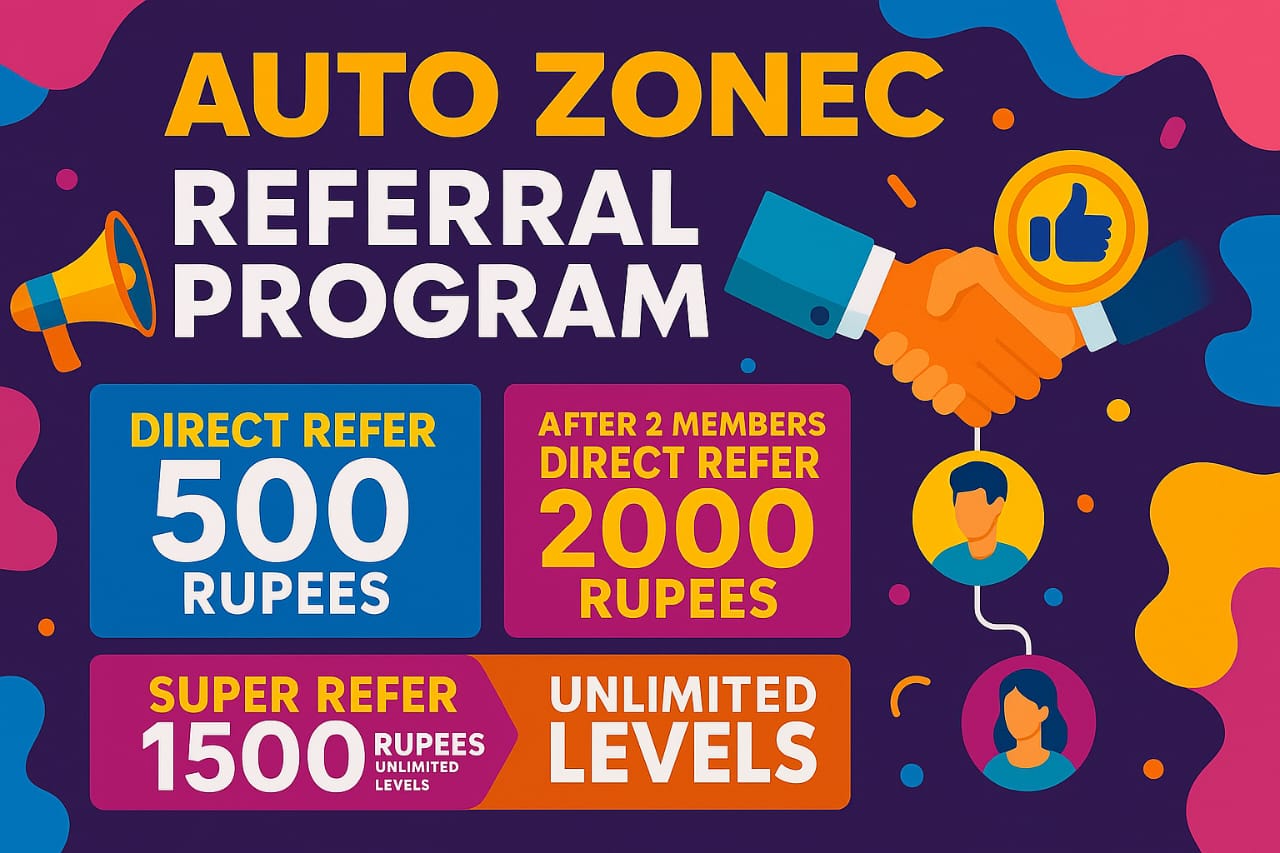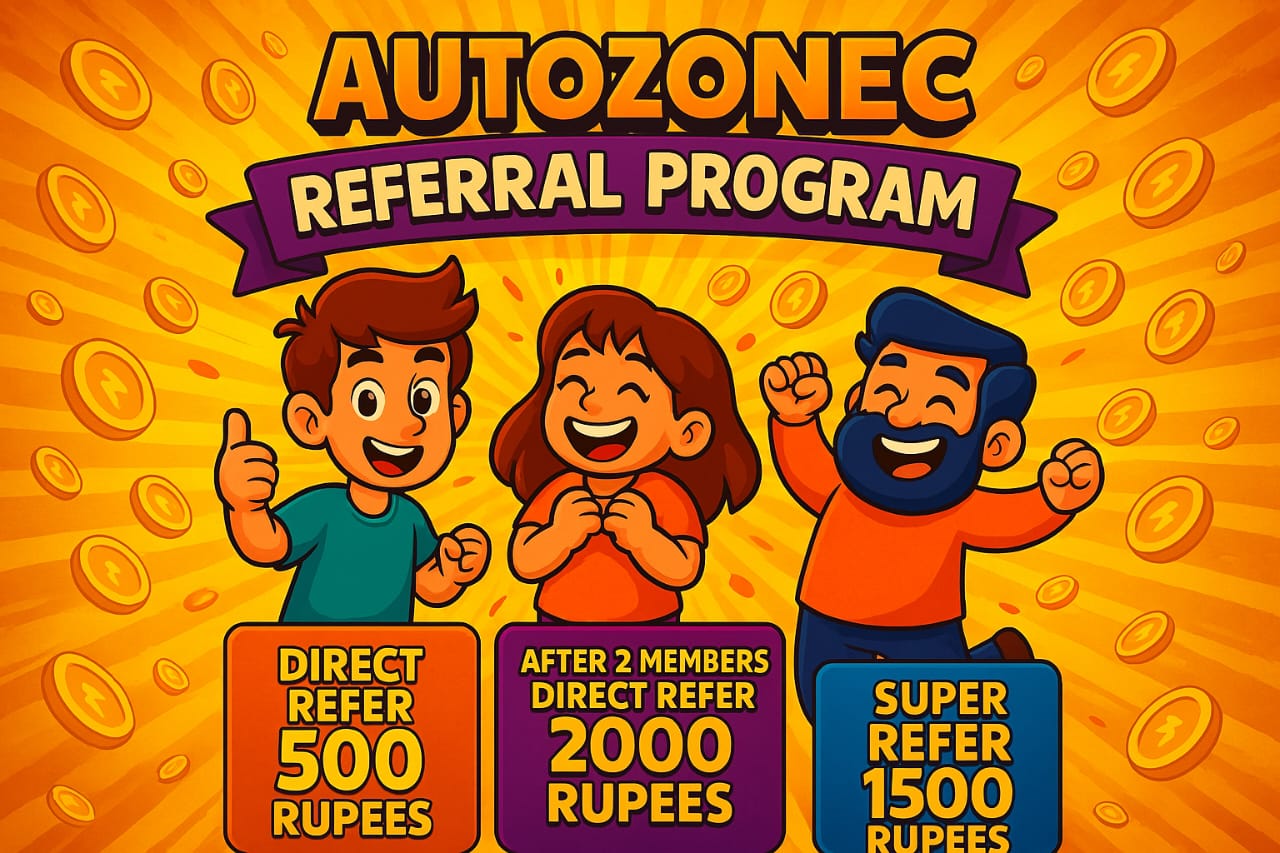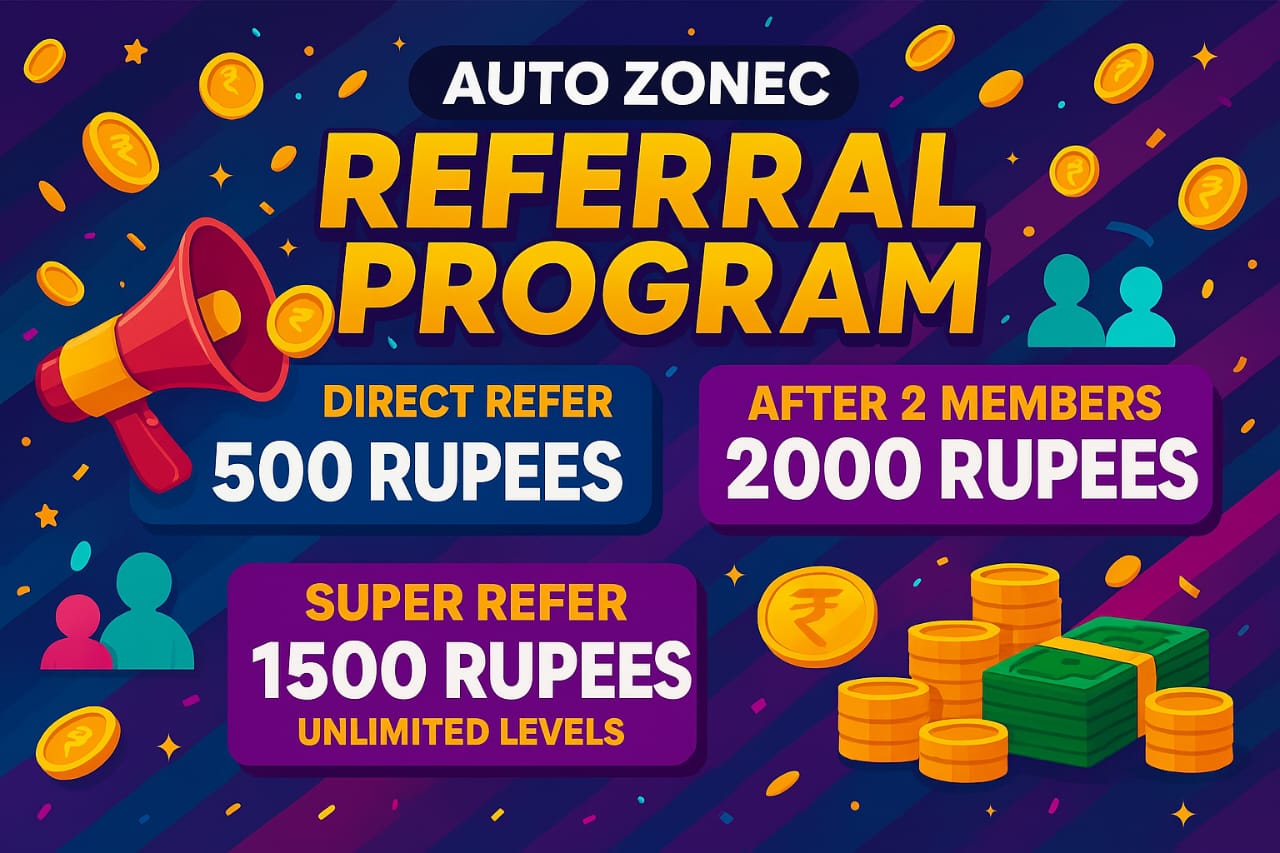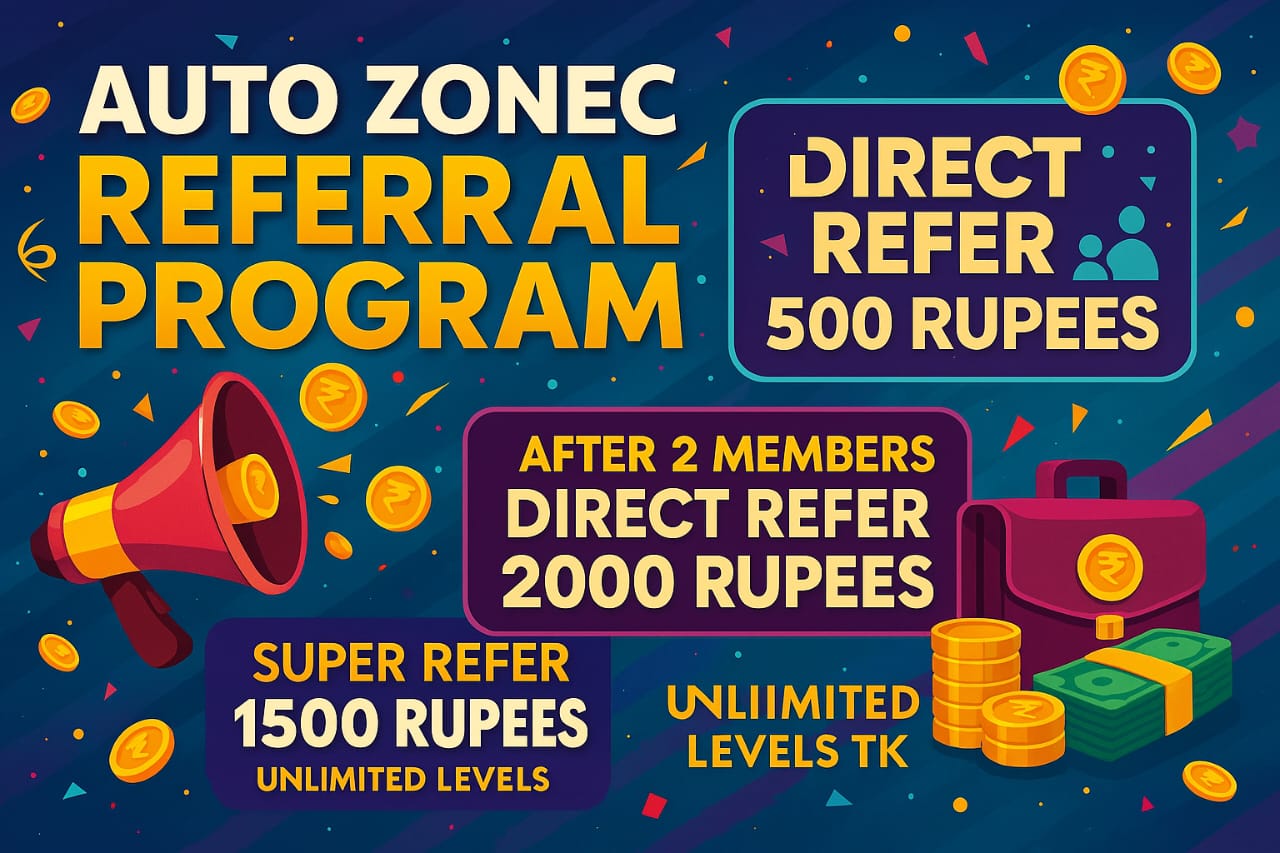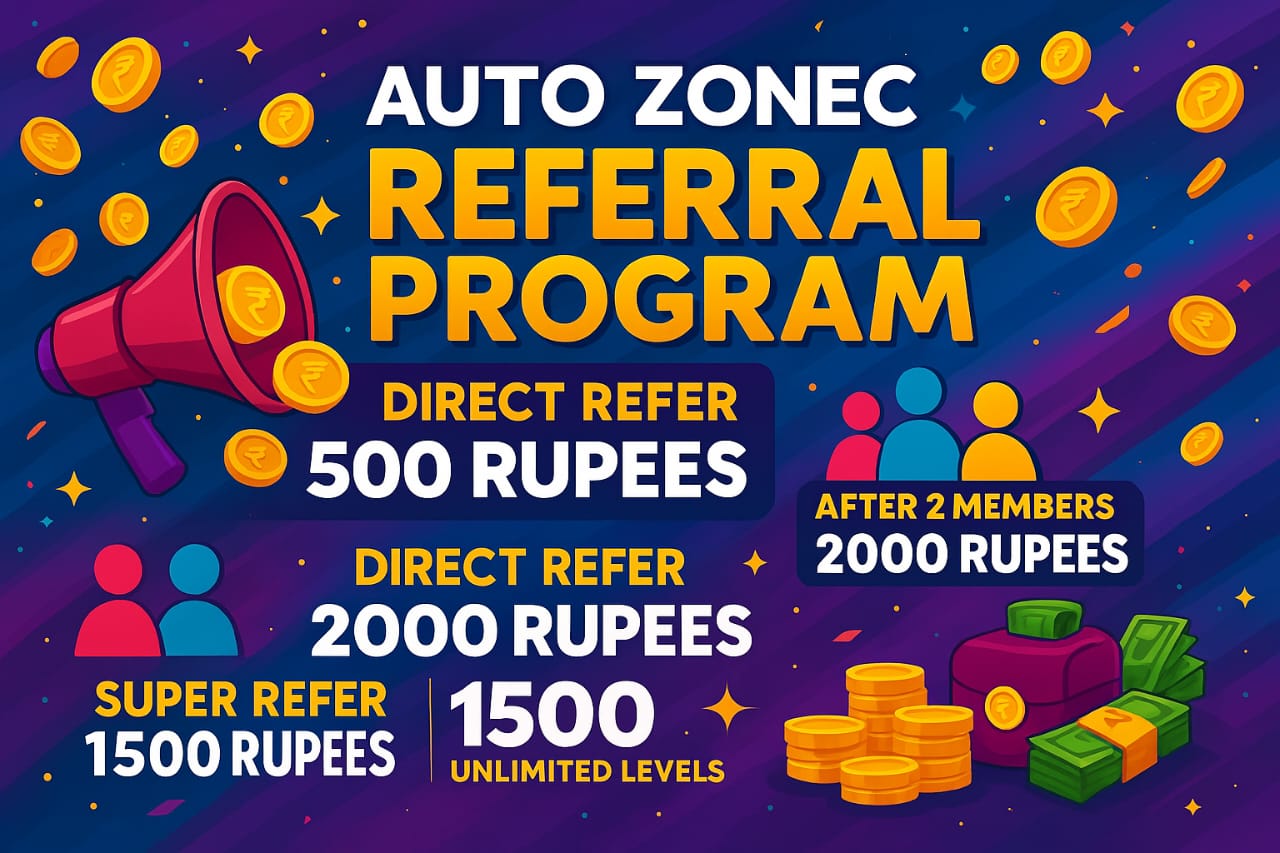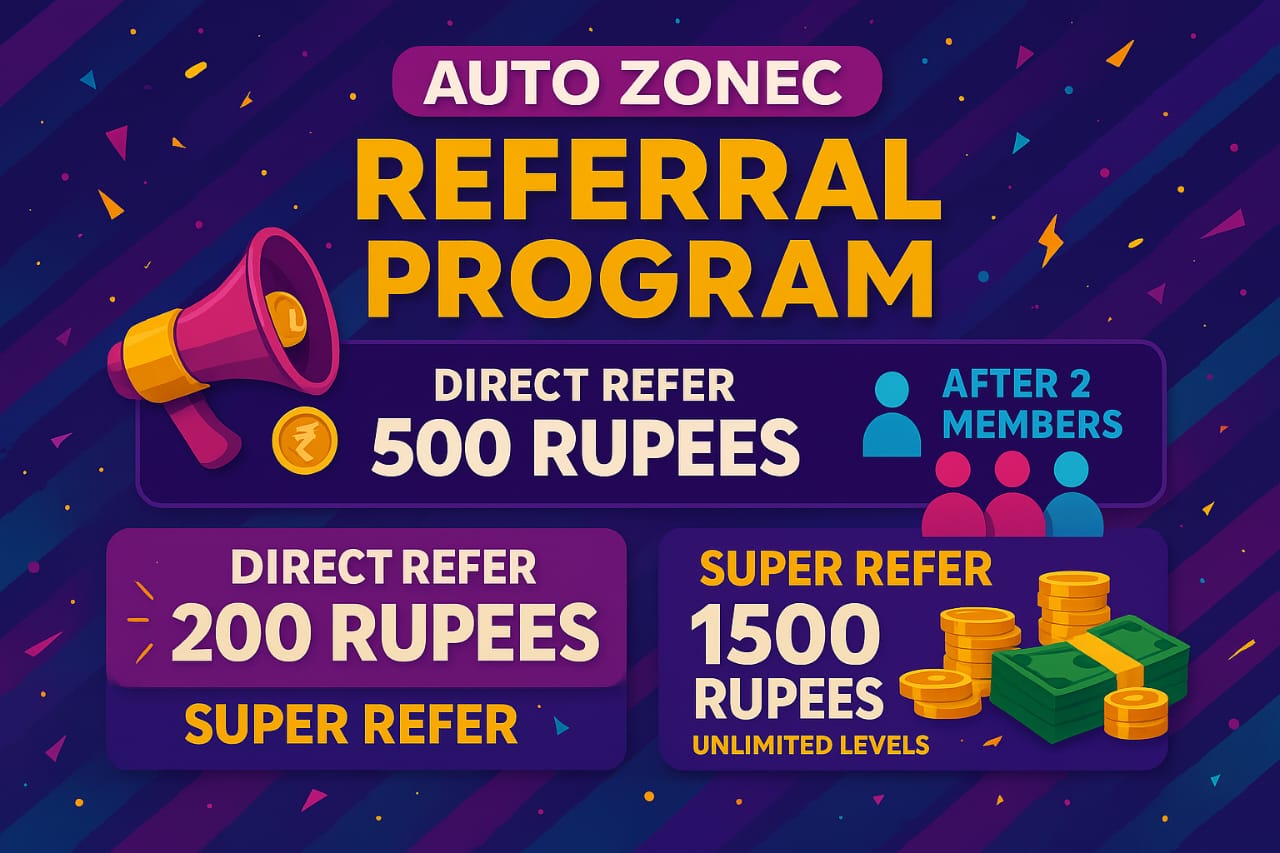
Future E-Commerce: Dropshipping vs Print-on-Demand Trends 2025
SEO Description: Discover the future of ecommerce with Dropshipping vs Print-on-Demand in 2025. Explore the pros and cons of each model to stay ahead in the online retail game.
Meta Keywords: Dropshipping trends 2025 Print-on-Demand future E-commerce strategies Online business models Dropshipping advantages Print-on-Demand comparison Digital marketing trends E-commerce landscape Dropshipping growth Print-on-Demand projections Online retail trends Dropshipping vs POD E-commerce industry insights Online business trends Dropshipping opportunities Print-on-Demand advancements Digital commerce landscape Dropshipping predictions Print-on-Demand evolution E-commerce market forecast Dropshipping vs Print-on-Demand comparison E-commerce strategies for 2025 Online retail market trends Dropshipping future predictions Print-on-Demand growth projections
The Future of Ecommerce: Dropshipping vs Print-on-Demand 2025
As we look ahead to the year 2025, the world of ecommerce is poised for even more growth and innovation. Two popular business models, dropshipping and print-on-demand, continue to be at the forefront of online retail. Both offer aspiring entrepreneurs the opportunity to start their own businesses with minimal upfront costs and risk. In this article, we will explore the key differences between Dropshipping vs Print-on-Demand 2025 and how each can help you achieve your entrepreneurial dreams.
The Rise of Dropshipping
Dropshipping has been a game-changer for many aspiring entrepreneurs looking to break into the world of ecommerce. This business model allows you to sell products without holding any inventory. Instead, you partner with suppliers who handle storage, packaging, and shipping of the products directly to your customers. This means you can focus on marketing and customer service, without the hassle of managing a physical inventory.
One of the major benefits of dropshipping is that it requires very little upfront investment. You don't need to buy inventory in bulk or worry about storing products in a warehouse. This makes it an attractive option for beginners or those looking to test out different products without a significant financial commitment.
The Appeal of Print-on-Demand
Print-on-demand is another popular business model that has gained traction in recent years. With print-on-demand, you can create custom-designed products such as t-shirts, mugs, and phone cases. When a customer makes a purchase, the product is then printed and shipped on-demand. This allows you to offer unique products without the need for a large inventory.
One of the key benefits of print-on-demand is the ability to create custom products that resonate with your target audience. This can help you stand out in a crowded market and build a loyal customer base. Additionally, print-on-demand can be a great way to test out new product ideas and designs without the risk of being stuck with unsold inventory.
Dropshipping vs Print-on-Demand: Key Differences
While both dropshipping and print-on-demand offer unique advantages, there are some key differences to consider when choosing between the two business models. Here are a few factors to keep in mind:
- Inventory Management: Dropshipping eliminates the need to hold inventory, while print-on-demand allows for custom products without the risk of unsold stock.
- Product Variety: Dropshipping offers a wide range of products from various suppliers, while print-on-demand allows for custom-designed products tailored to your brand.
- Profit Margins: Dropshipping typically has lower profit margins due to competition, while print-on-demand allows for higher margins on custom products.
Ultimately, the choice between dropshipping and print-on-demand will depend on your business goals, target market, and personal preferences. Both models have the potential to be lucrative and fulfilling ventures for aspiring entrepreneurs.
For more insights on the latest trends in ecommerce and online retail, check out our blog at AutoZoneC Blog.

The Future of Ecommerce Awaits
As we look ahead to 2025, the world of ecommerce is full of possibilities and opportunities. Whether you choose dropshipping or print-on-demand, there has never been a better time to start your own online business. With the right mindset, determination, and a solid business plan, you can turn your entrepreneurial dreams into a reality.
Take the first step towards building your ecommerce empire today. The future is yours to create!
Dropshipping vs Print-on-Demand in 2025: Which Business Model Will Prevail?
In the ever-evolving world of ecommerce, two popular business models have emerged as frontrunners in the online retail space: dropshipping and print-on-demand. Both offer entrepreneurs the opportunity to start a business with minimal upfront costs and inventory management. But as we look ahead to 2025, which model will come out on top? Let's explore five key points to consider when choosing between dropshipping and print-on-demand.1. Profit Margins:
- Dropshipping: While dropshipping offers the potential for high-profit margins, it also comes with fierce competition and price wars. With so many sellers offering the same products from suppliers, it can be challenging to stand out and maintain consistent profits.
- Print-on-Demand: Print-on-demand, on the other hand, allows for more control over pricing and profit margins. By creating unique designs and products, sellers can set their prices and differentiate themselves in the market.
2. Product Customization:
- Dropshipping: With dropshipping, sellers are limited to the products offered by their suppliers. While there are countless products to choose from, customization options are often limited, making it difficult to create a truly unique brand.
- Print-on-Demand: Print-on-demand excels in product customization, allowing sellers to create custom designs and products tailored to their target audience. This level of personalization can help build brand loyalty and set sellers apart from competitors.
3. Quality Control:
- Dropshipping: Quality control can be a challenge in dropshipping, as sellers rely on suppliers to fulfill orders and maintain product standards. Issues such as shipping delays, damaged goods, or poor-quality products can impact customer satisfaction and brand reputation.
- Print-on-Demand: With print-on-demand, sellers have more control over product quality and fulfillment. By partnering with reputable printing companies, sellers can ensure that each product meets their standards before it reaches the customer.
4. Time-to-Market:
- Dropshipping: Dropshipping offers a quick and easy way to start selling products online, as sellers can list products from suppliers without holding inventory. This fast time-to-market can be appealing for entrepreneurs looking to launch their business quickly.
- Print-on-Demand: While print-on-demand requires more time and effort to create custom designs and products, the potential for higher profit margins and brand differentiation can make the extra time investment worthwhile in the long run.
5. Brand Building:
- Dropshipping: Building a strong brand identity can be challenging in dropshipping, as sellers often rely on generic products from suppliers. Without the ability to customize products or packaging, it can be difficult to create a memorable brand that resonates with customers.
- Print-on-Demand: Print-on-demand provides sellers with the opportunity to build a unique and recognizable brand through custom designs and products. By creating a cohesive brand identity, sellers can attract a loyal customer base and stand out in a crowded market.
 In conclusion, both dropshipping and print-on-demand have their strengths and weaknesses, and the best choice for your business will depend on your goals, resources, and target market. By carefully considering the factors discussed above and leveraging tools like ChatGPT, Canva, and Fiverr for product customization and branding, entrepreneurs can set themselves up for success in the competitive world of ecommerce.
In 2025, the e-commerce landscape is constantly evolving, and two popular business models, dropshipping and print-on-demand, continue to be key players in the industry. Both have their own unique advantages and challenges, and understanding the differences between the two can help you make informed decisions for your online business. Here are three deep insights and hidden strategies to consider when comparing dropshipping versus print-on-demand in 2025:
1. **Brand Control and Quality Assurance**:
- With dropshipping, you are reliant on third-party suppliers to fulfill orders and ship products directly to customers. This means you have limited control over the quality of the products, packaging, and shipping times.
- On the other hand, print-on-demand allows you to have more control over the entire production process. You can choose the quality of materials, monitor the printing process, and ensure that products meet your brand standards before they are shipped out.
- By opting for print-on-demand, you can maintain a higher level of quality assurance and have more control over your brand image. This can lead to happier customers and better reviews, ultimately helping you build a stronger brand reputation in the long run.
2. **Profit Margins and Scalability**:
- Dropshipping is known for its low upfront costs and minimal risks, as you only pay for products once you make a sale. However, this also means that profit margins can be lower, as you are often competing with other dropshippers selling the same products.
- With print-on-demand, you have the opportunity to set your own prices and potentially earn higher profit margins. Since you have more control over the production costs, you can adjust your pricing strategy to maximize profits.
- Additionally, print-on-demand allows for more scalability as you can easily add new products or designs without having to invest in inventory upfront. This flexibility can help you quickly adapt to market trends and expand your product offerings to reach a wider audience.
3. **Customization and Personalization**:
- One of the key advantages of print-on-demand is the ability to offer customized and personalized products to your customers. Whether it's adding a customer's name to a t-shirt or creating unique designs based on their preferences, print-on-demand allows for a more personalized shopping experience.
- Dropshipping, on the other hand, may limit your ability to offer customization options, as you are selling pre-made products from suppliers. This can make it challenging to stand out in a competitive market where personalization is becoming increasingly important to consumers.
- By leveraging the customization capabilities of print-on-demand, you can create a unique selling proposition that sets your brand apart and attracts customers looking for personalized products.
When considering the future of e-commerce in 2025, understanding the nuances between dropshipping and print-on-demand can help you make strategic decisions to grow your online business.
For more insights on e-commerce trends and strategies, check out Shopify's blog on print-on-demand.
Ready to take your online business to the next level? Join our community of e-commerce experts at Autozonec and unlock your full potential in the digital marketplace. Start now by signing up here!
In 2025, both dropshipping and print-on-demand continue to be popular business models for e-commerce entrepreneurs looking to start their own online store. Each method has its own advantages and disadvantages, so it's important to understand the differences between the two and choose the one that aligns best with your business goals. Here are some do's and don'ts to consider when deciding between dropshipping and print-on-demand in 2025:
Dropshipping:
In conclusion, both dropshipping and print-on-demand have their strengths and weaknesses, and the best choice for your business will depend on your goals, resources, and target market. By carefully considering the factors discussed above and leveraging tools like ChatGPT, Canva, and Fiverr for product customization and branding, entrepreneurs can set themselves up for success in the competitive world of ecommerce.
In 2025, the e-commerce landscape is constantly evolving, and two popular business models, dropshipping and print-on-demand, continue to be key players in the industry. Both have their own unique advantages and challenges, and understanding the differences between the two can help you make informed decisions for your online business. Here are three deep insights and hidden strategies to consider when comparing dropshipping versus print-on-demand in 2025:
1. **Brand Control and Quality Assurance**:
- With dropshipping, you are reliant on third-party suppliers to fulfill orders and ship products directly to customers. This means you have limited control over the quality of the products, packaging, and shipping times.
- On the other hand, print-on-demand allows you to have more control over the entire production process. You can choose the quality of materials, monitor the printing process, and ensure that products meet your brand standards before they are shipped out.
- By opting for print-on-demand, you can maintain a higher level of quality assurance and have more control over your brand image. This can lead to happier customers and better reviews, ultimately helping you build a stronger brand reputation in the long run.
2. **Profit Margins and Scalability**:
- Dropshipping is known for its low upfront costs and minimal risks, as you only pay for products once you make a sale. However, this also means that profit margins can be lower, as you are often competing with other dropshippers selling the same products.
- With print-on-demand, you have the opportunity to set your own prices and potentially earn higher profit margins. Since you have more control over the production costs, you can adjust your pricing strategy to maximize profits.
- Additionally, print-on-demand allows for more scalability as you can easily add new products or designs without having to invest in inventory upfront. This flexibility can help you quickly adapt to market trends and expand your product offerings to reach a wider audience.
3. **Customization and Personalization**:
- One of the key advantages of print-on-demand is the ability to offer customized and personalized products to your customers. Whether it's adding a customer's name to a t-shirt or creating unique designs based on their preferences, print-on-demand allows for a more personalized shopping experience.
- Dropshipping, on the other hand, may limit your ability to offer customization options, as you are selling pre-made products from suppliers. This can make it challenging to stand out in a competitive market where personalization is becoming increasingly important to consumers.
- By leveraging the customization capabilities of print-on-demand, you can create a unique selling proposition that sets your brand apart and attracts customers looking for personalized products.
When considering the future of e-commerce in 2025, understanding the nuances between dropshipping and print-on-demand can help you make strategic decisions to grow your online business.
For more insights on e-commerce trends and strategies, check out Shopify's blog on print-on-demand.
Ready to take your online business to the next level? Join our community of e-commerce experts at Autozonec and unlock your full potential in the digital marketplace. Start now by signing up here!
In 2025, both dropshipping and print-on-demand continue to be popular business models for e-commerce entrepreneurs looking to start their own online store. Each method has its own advantages and disadvantages, so it's important to understand the differences between the two and choose the one that aligns best with your business goals. Here are some do's and don'ts to consider when deciding between dropshipping and print-on-demand in 2025:
Dropshipping:
- Do: Research suppliers thoroughly to ensure quality products and reliable shipping times.
- Do: Focus on marketing and customer service to differentiate your store from competitors.
- Don't: Rely on a single supplier - diversify to mitigate the risk of stockouts or shipping delays.
- Don't: Neglect to track your inventory and monitor sales trends to optimize your product offerings.
- Do: Create unique and eye-catching designs to attract customers and stand out in a crowded market.
- Do: Offer customization options to appeal to a wider audience and increase customer satisfaction.
- Don't: Overlook the importance of print quality - choose a reputable print-on-demand provider with a track record of delivering high-quality products.
- Don't: Ignore trends in your niche - stay up-to-date with popular designs and adjust your offerings accordingly.
Which is better for quality control: dropshipping or print-on-demand?
Print-on-demand is better for quality control as you have more control over the production process and can ensure that each product meets your standards before it is shipped to customers.
Is dropshipping or print-on-demand more cost-effective?
Dropshipping is typically more cost-effective as you don't have to worry about production costs or holding inventory. However, print-on-demand can be more cost-effective in the long run if you prioritize quality and customer satisfaction.
Which is more scalable: dropshipping or print-on-demand?
Print-on-demand is more scalable as you can easily add new products and designs without worrying about inventory management. This allows you to quickly expand your product line and reach a larger audience.
**Ready to learn more about e-commerce strategies? Check out our courses at AutoZoneC Courses!**Future E-Commerce: Dropshipping vs Print-on-Demand Trends 2025
Written by: wikibrand
Published on: May 01, 2025
